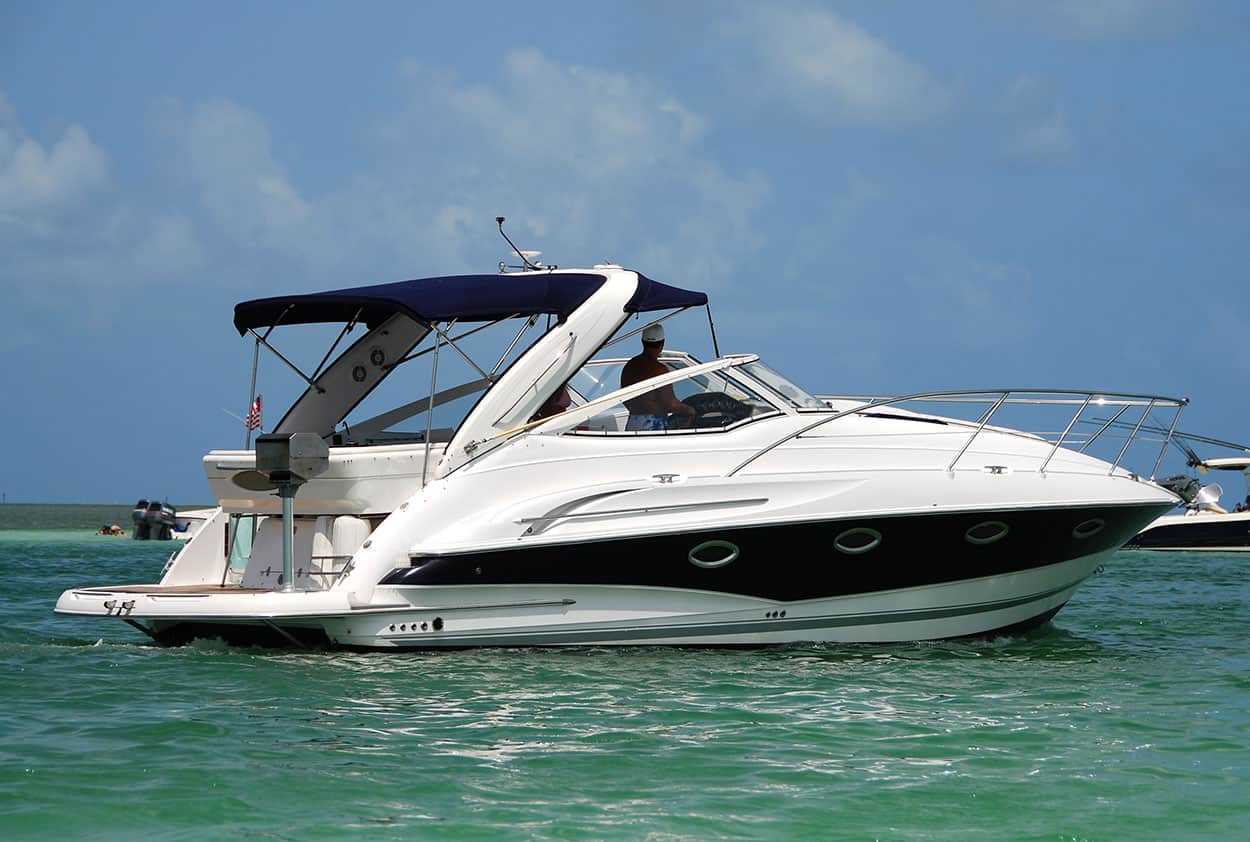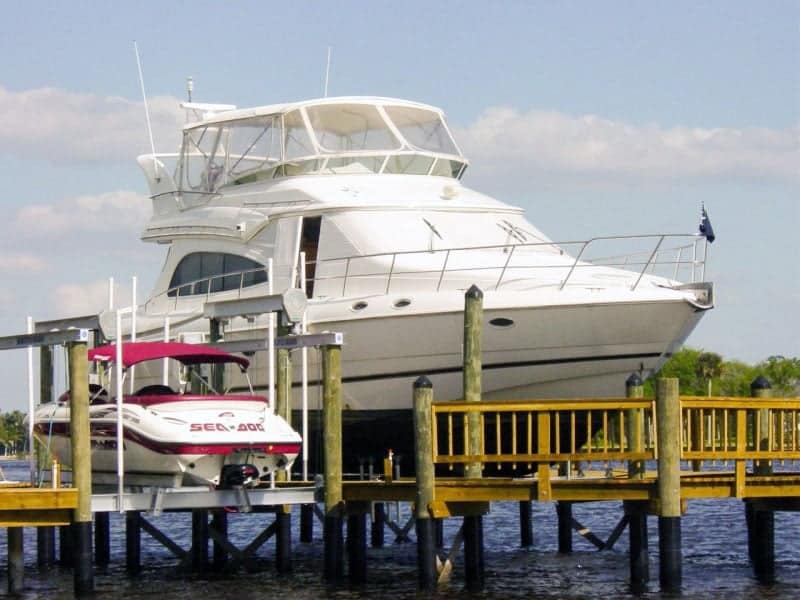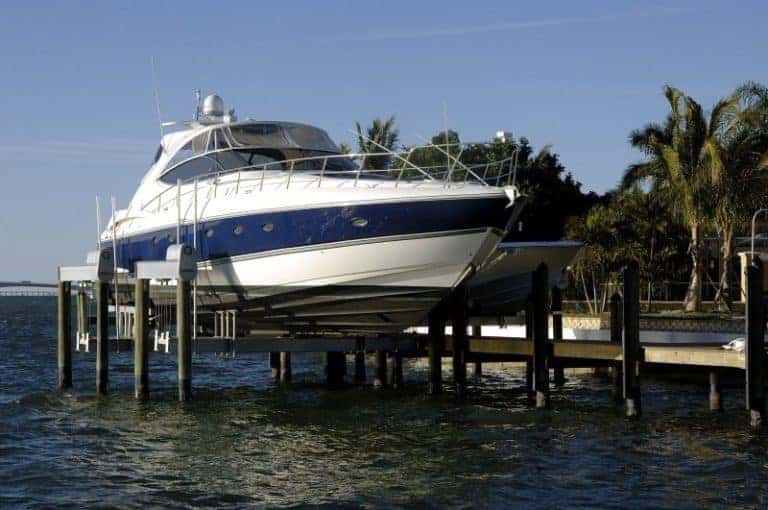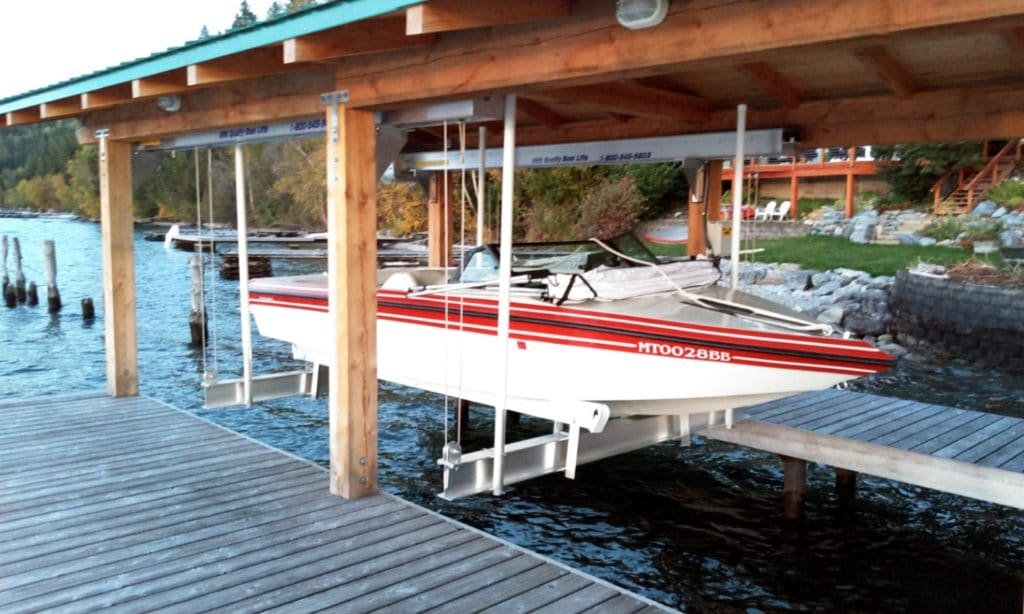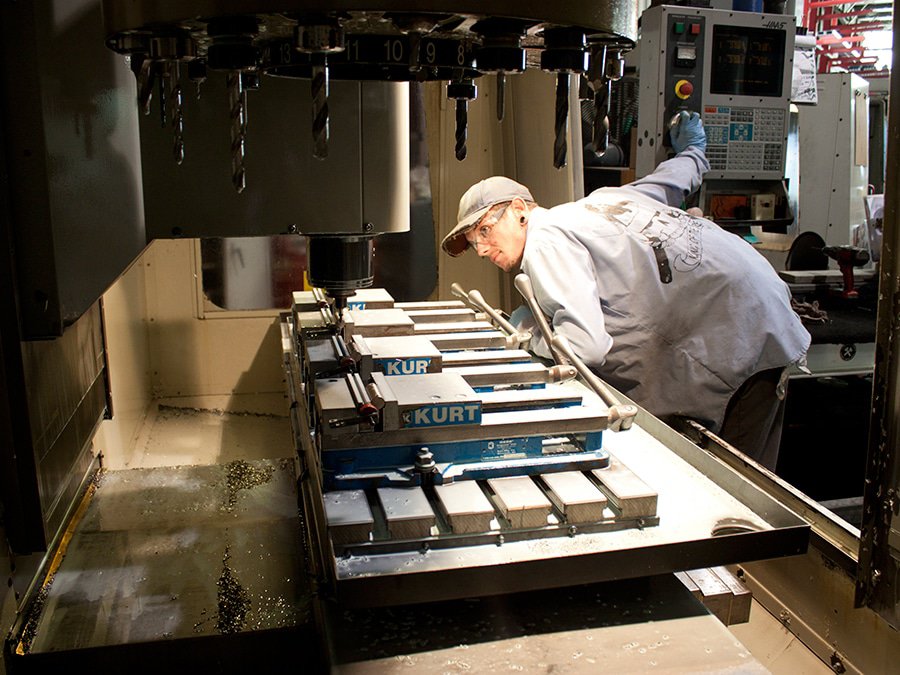For boat owners who live in colder climates, winterizing is an important part of boat ownership. Winterizing your boat is a simple but critical process. Not only will you prevent expensive repairs, but you’ll save money, time and effort when spring rolls around.
Check out this guide to discover five tips for winterizing your boat.
Clean
Before winterizing your boat, the first step is to clean it. Try and get the vessel as close to showroom condition as you can by removing stain, dirt, grease, or any other spots. Apply a thick coat of wax.
Ensure the bilges are clean. Use a stiff brush, soap and some hot water to clean up any oil spills. Once the bilges are clean, apply a moisture-displacing lubricant to keep them dry.
On the interior, remove valuables, electronics, life vests and fishing equipment. Turn the cushions on edge to increase the air flow to the surfaces if you plan on keeping them in the boat. Clean out both the refrigerator and freezer.
To reduce mildew and build-up, you may want to consider a dehumidifier or other moisture and odor-reducing product.
Inspect and Repair
Take the time to inspect your vessel before winterizing your boat. Check your electrical wiring and connections and your propellers, and ensure your fasteners are tight. Take a look a the hull and look for cracks, weak joints or missing rivets.
Making those repairs now allows you tackle problems before the boating season begins again when you’ll be anxious to get out on the water. Find a good technician and get things taken care of before putting the boat up for winter.
Maintain
The first step is to follow the maintenance recommendations provided by the manufacturer. Most manufacturer instructions will include the following steps:
Engine
For inboard engines, change the oil. It’s easier to change the oil if it’s warm, so run the engine first to heat it up. Once you’ve refilled the oil, flush the engine with antifreeze.
For outboard motors, flush it with fresh water and apply water-resistant grease to the propellers and threads.
Gas Tank
Fill your gas tank (to reduce space for condensation to form) and add some fuel stabilizer. Ensure you change fuel filters and water separators.
Fresh Water System
Drain both the water heater and the water tank. Pump in a non-toxic antifreeze until it comes out of all faucets. Add non-toxic antifreeze to the heater as well. Isolate the hot water system by connecting the in and out lines together.
Head
Go to an approved facility to pump out the holding tank. While you pump, add fresh water to the bowl and flush a few times. Put some non-toxic antifreeze through the hoses, y-valve, macerator and holding tank.
Protect
Using a high-quality cover is an important step in safeguarding your boat against the elements during the wintertime.
Our guide to the best boat covers by fabric can help you to choose a cover that’s best for your boat.
Prep Your Boat Lift
Make sure your boat lift is also ready for the winter season. Check your lift cables and beams. Ensure your bunks don’t have torn or worn out areas. Inspect your gears, motors, and pulleys.
Following these simple tips will help you extend the life of your boat.
If you’re ready for winter, but your boat lift is looking worse for the wear, give us a call, and we’ll be happy to help.


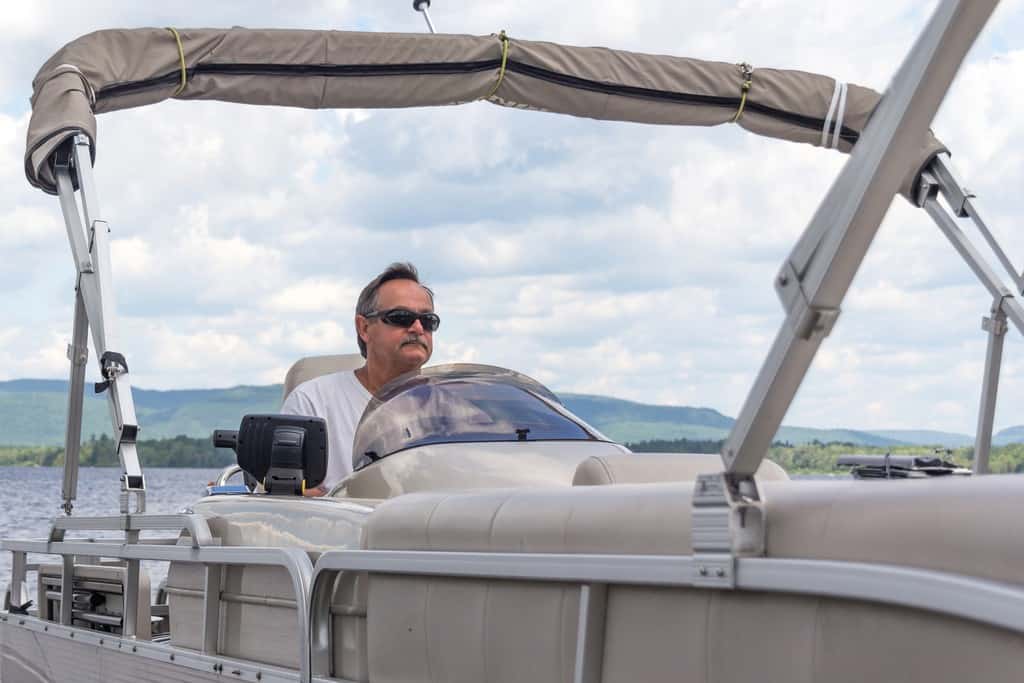
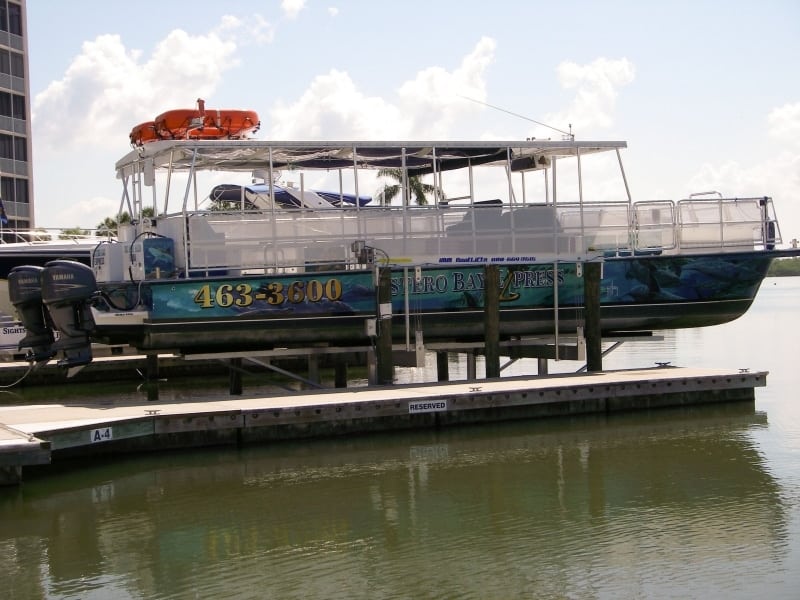
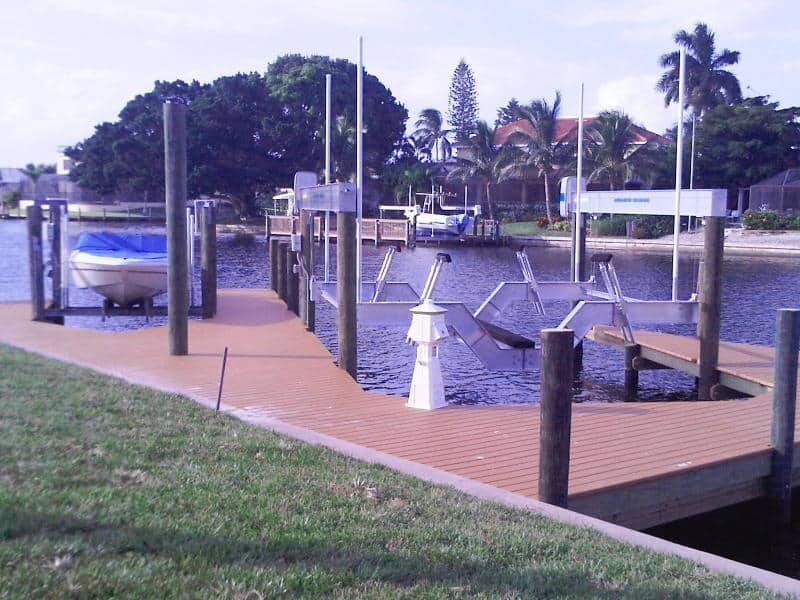
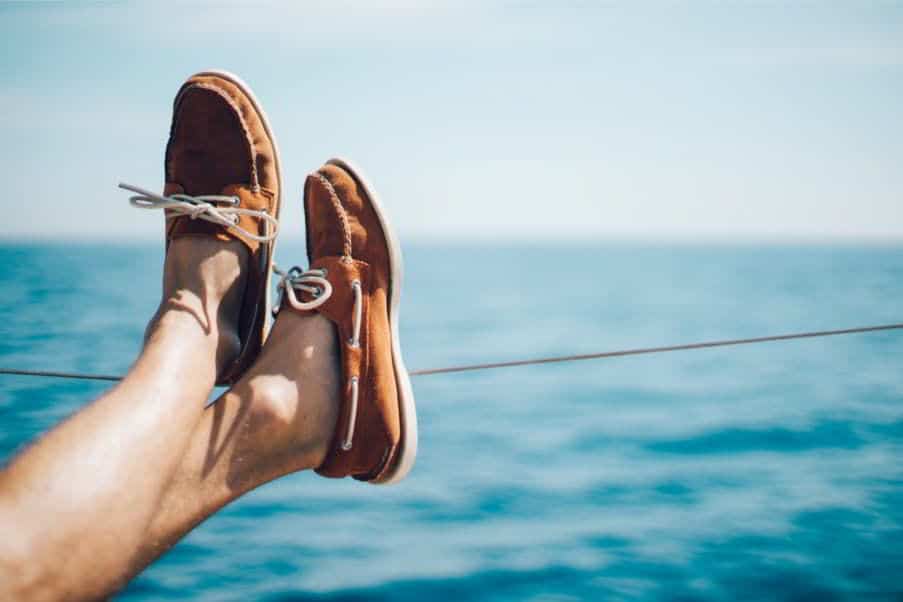
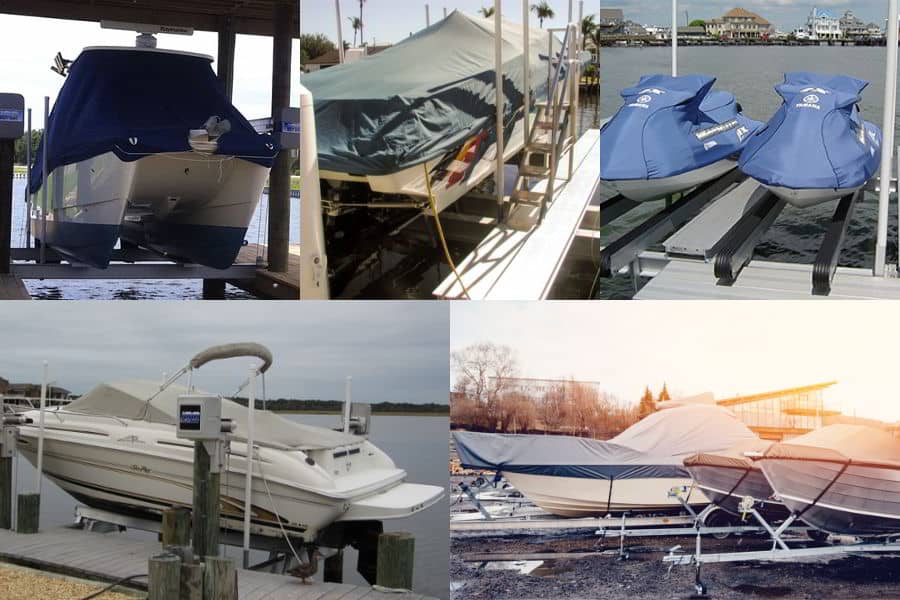
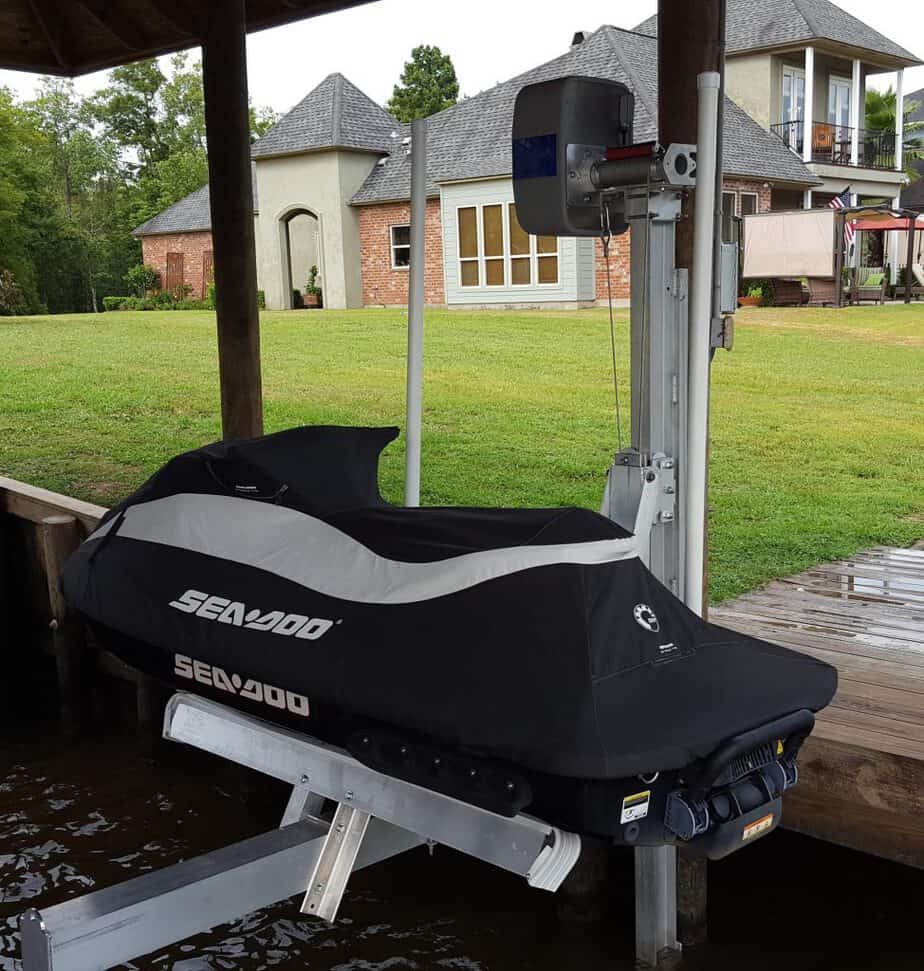
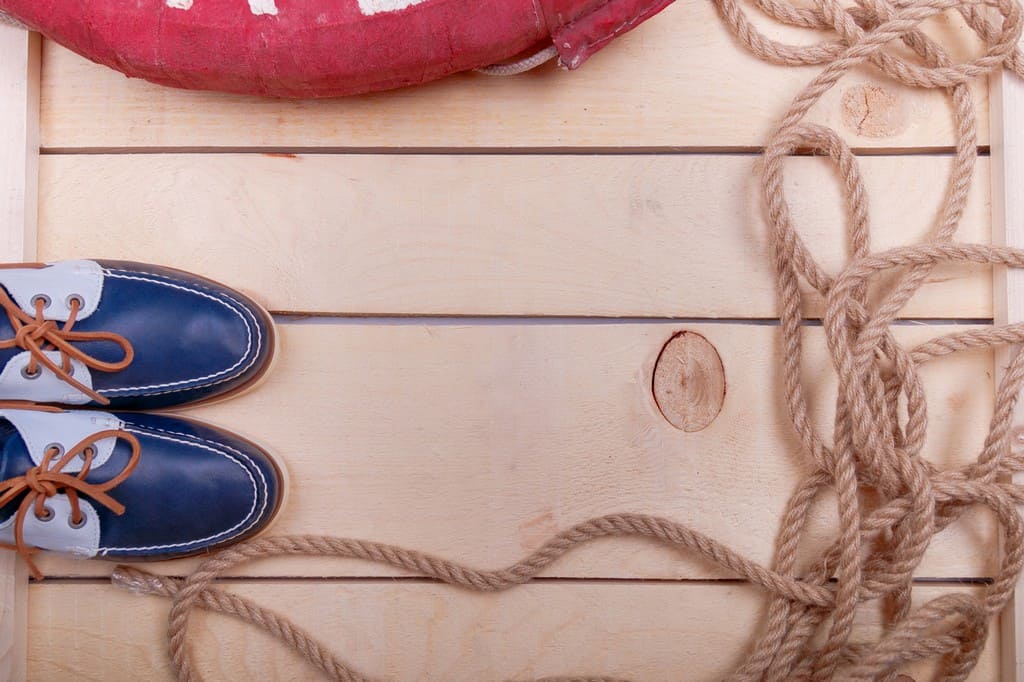

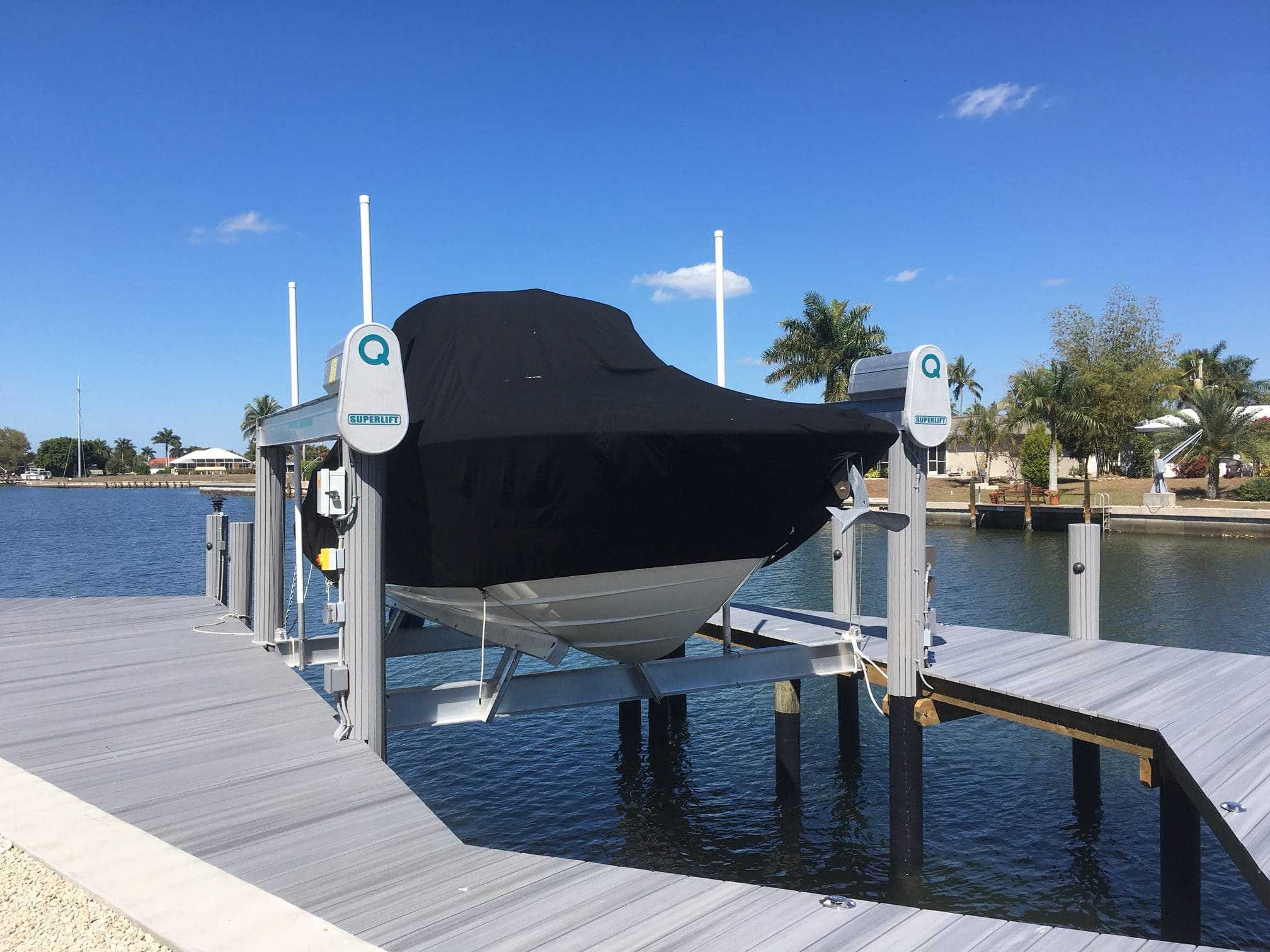

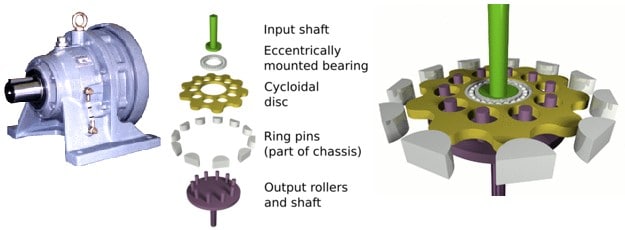




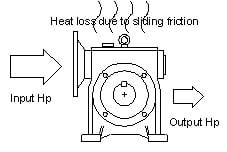 As stated above, the rolling motion results in minimal friction and very high efficiency of power transmission. The end result is that cycloidal reducers experience minimal wear and very little of the input power is lost as heat. In contrast, worm gears are characterized by high friction and low transmission efficiencies. Therefore, the performance of worm gear reducers is greatly limited by their thermal rating, ie. the majority of the input power is lost as heat with worm gears. Not only will cycloidal reducers provide a much longer service life, they will give you tremendous energy savings as well.
As stated above, the rolling motion results in minimal friction and very high efficiency of power transmission. The end result is that cycloidal reducers experience minimal wear and very little of the input power is lost as heat. In contrast, worm gears are characterized by high friction and low transmission efficiencies. Therefore, the performance of worm gear reducers is greatly limited by their thermal rating, ie. the majority of the input power is lost as heat with worm gears. Not only will cycloidal reducers provide a much longer service life, they will give you tremendous energy savings as well. When the engineers at IMM Quality Boat Lifts wanted to design a lift for commercial marinas, they knew this demanding application would require the most durable components. They needed to design a boat lift that could handle being operated all day long, every day of the year. They needed a lift that had very little downtime for maintenance and would still have a long service life. They succeeded in designing the finest industrial duty boat lift ever made, the Superlift. And when it came to choosing the reducers for this lift, our engineers only had one real choice – cycloidal reducers.
When the engineers at IMM Quality Boat Lifts wanted to design a lift for commercial marinas, they knew this demanding application would require the most durable components. They needed to design a boat lift that could handle being operated all day long, every day of the year. They needed a lift that had very little downtime for maintenance and would still have a long service life. They succeeded in designing the finest industrial duty boat lift ever made, the Superlift. And when it came to choosing the reducers for this lift, our engineers only had one real choice – cycloidal reducers.
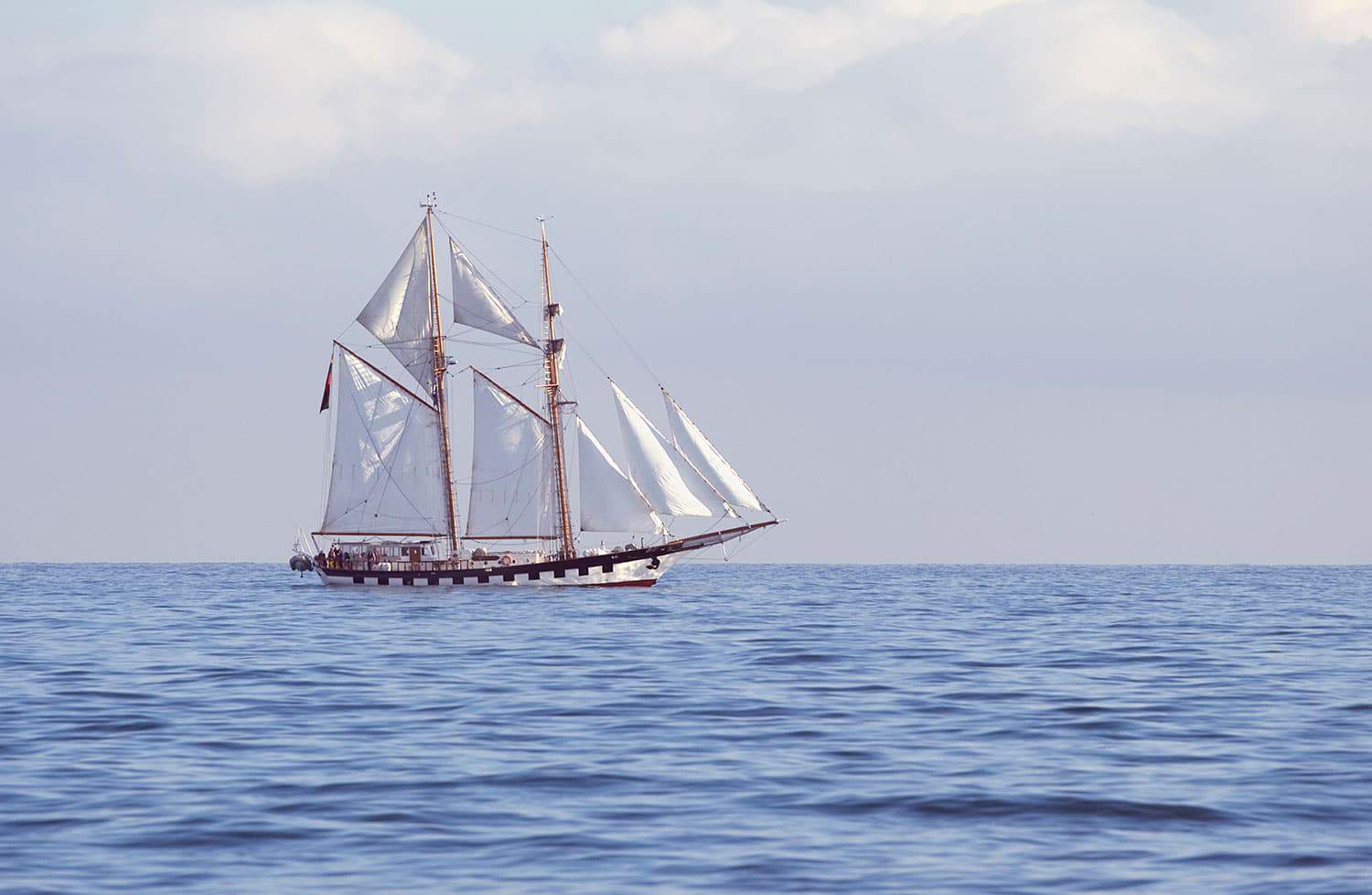
 Camouflaged HNLMS Abraham Crijnssen | Photo by
Camouflaged HNLMS Abraham Crijnssen | Photo by  Swedish Ship Vasa |
Swedish Ship Vasa | 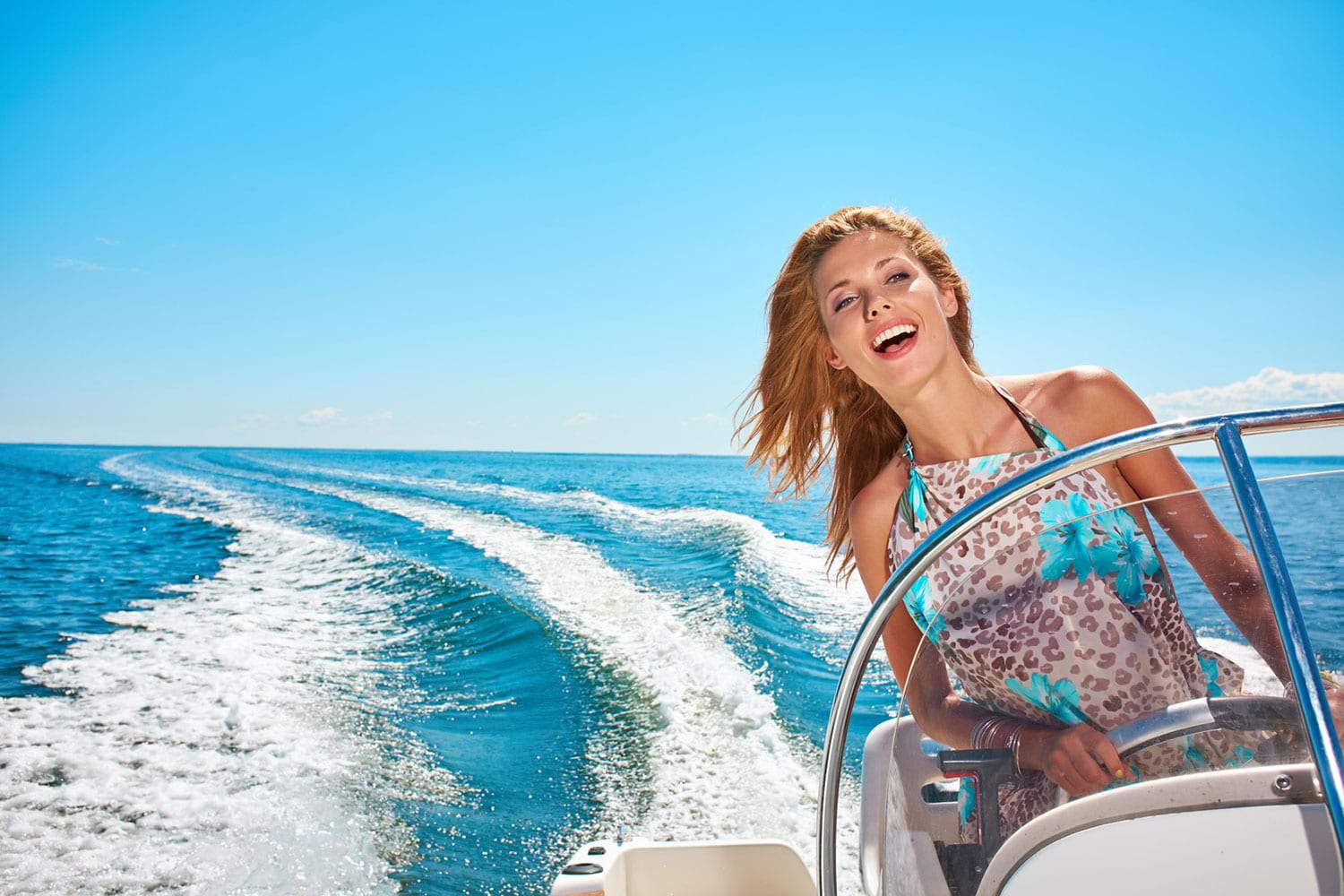


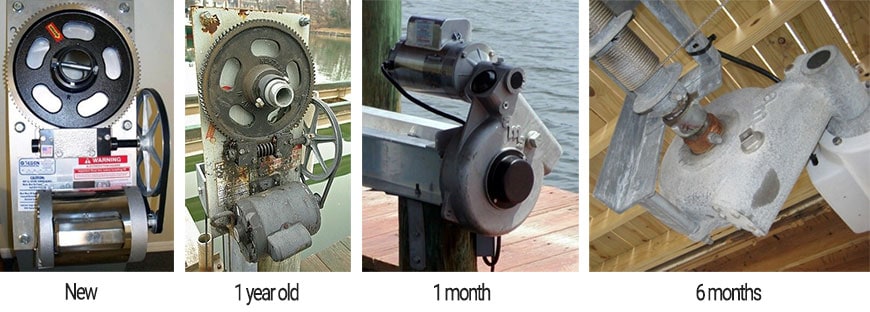

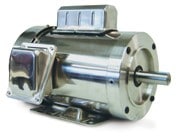 If you can afford it, an extreme duty washdown motor is the absolute best choice for a boat lift. All exterior components are made of stainless steel, along with weather resistant seals and all the other internal components are engineered to resist environmental contamination and corrosion. As the name suggests, these motors are designed to be washed down with a hose while they are running. The only real problem is that they cost four times more than a good TEFC motor. Most consumers cannot justify spending thousands of dollars more on their boat lift for these premium motors.
If you can afford it, an extreme duty washdown motor is the absolute best choice for a boat lift. All exterior components are made of stainless steel, along with weather resistant seals and all the other internal components are engineered to resist environmental contamination and corrosion. As the name suggests, these motors are designed to be washed down with a hose while they are running. The only real problem is that they cost four times more than a good TEFC motor. Most consumers cannot justify spending thousands of dollars more on their boat lift for these premium motors. ODP motors are just that – completely open to the environment. It’s like an open door from whatever is outside, to your bearings, windings and other components on the inside. Dirt, soot, rain, ocean spray, etc., it all gets inside. Wildlife and insects are especially fond of nesting inside these motors (mud daubers really love them). These are the cheapest kind of motor on the market and they do not use weather resistant components. ODP motors are often used on cheap flat plate drives and are a terrible choice if the drive system is not protected by a well-sealed cover.
ODP motors are just that – completely open to the environment. It’s like an open door from whatever is outside, to your bearings, windings and other components on the inside. Dirt, soot, rain, ocean spray, etc., it all gets inside. Wildlife and insects are especially fond of nesting inside these motors (mud daubers really love them). These are the cheapest kind of motor on the market and they do not use weather resistant components. ODP motors are often used on cheap flat plate drives and are a terrible choice if the drive system is not protected by a well-sealed cover. TENV and TEFC are very similar in design. Although both of these motors are sealed, the gaskets and other materials are not designed to withstand direct exposure to an outside environment. The main difference between TENV and TEFC is the fan cooling. Motors get hot while running and the fan cooling extends the continuous runtime before the motor will overheat. Typically the non-ventilated TENV motors have rated runtimes of 15 minutes, while the fan-cooled TEFC motors are rated as continuous duty (ie. they can be used continuously, 24 hours a day). TEFC motors are a great, cost-effective choice when used under a cover.
TENV and TEFC are very similar in design. Although both of these motors are sealed, the gaskets and other materials are not designed to withstand direct exposure to an outside environment. The main difference between TENV and TEFC is the fan cooling. Motors get hot while running and the fan cooling extends the continuous runtime before the motor will overheat. Typically the non-ventilated TENV motors have rated runtimes of 15 minutes, while the fan-cooled TEFC motors are rated as continuous duty (ie. they can be used continuously, 24 hours a day). TEFC motors are a great, cost-effective choice when used under a cover. Stainless steel motors are frequently used on boat lifts that do not have covers (most commonly TENV versions). What you should keep in mind is that only the exterior housing, capacitor case, and conduit box cover are made from stainless steel. The internal parts are not. This is important because water condenses on the insides of non-covered motors as they cool after use. Therefore, even stainless steel motors have drain plugs to allow the accumulated water to drip out. So even though the outside of a stainless steel motor may look nice and rust free, the inside components are frequently ruined by the condensation.
Stainless steel motors are frequently used on boat lifts that do not have covers (most commonly TENV versions). What you should keep in mind is that only the exterior housing, capacitor case, and conduit box cover are made from stainless steel. The internal parts are not. This is important because water condenses on the insides of non-covered motors as they cool after use. Therefore, even stainless steel motors have drain plugs to allow the accumulated water to drip out. So even though the outside of a stainless steel motor may look nice and rust free, the inside components are frequently ruined by the condensation.
